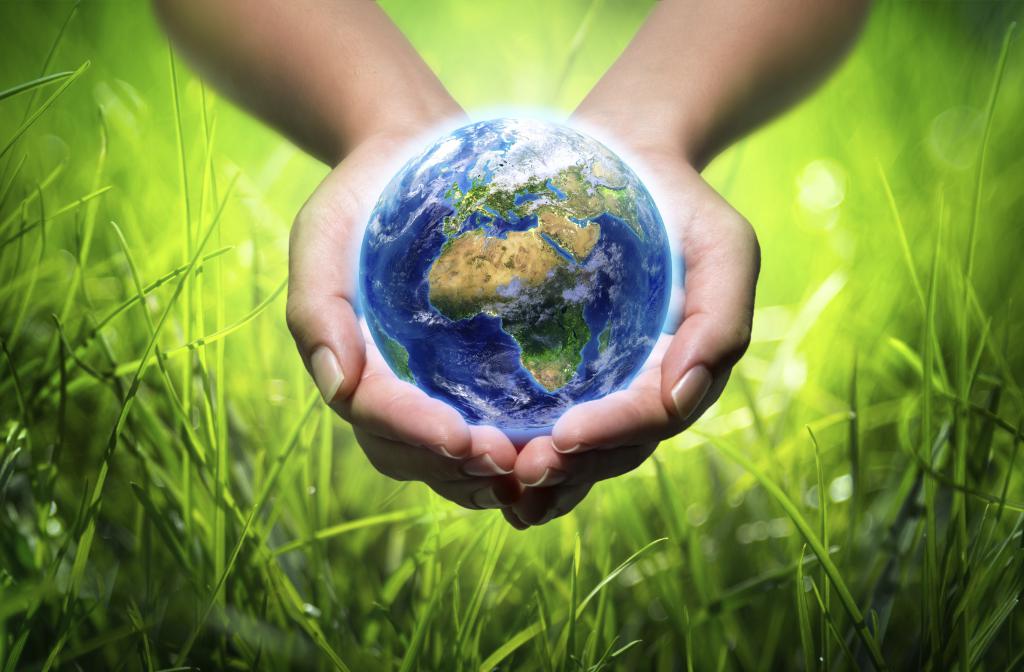Man cannot exist in isolation from nature. No matter how many buildings are erected, no matter how many cities we build, people will always depend on many environmental factors. The closer our existence is associated with the natural environment, the healthier and more enduring the nation. This article will focus on the components of the natural environment that affect the life of mankind.

What surrounds us?
There are four components that create the world of human existence:
- The natural environment in its natural form. Take a look around. What do you see? Untouched forests, uncultivated fields? Or urban development of many gray monotonous houses? Most readers will answer positively to the second question. Because there is very little natural environment untouched by man. These are the places where it is difficult to live: wetlands of the Far North, highlands, glaciers. The rest of the ecological space is divided into two types: poorly altered by humans and slightly modified - so that two main properties of nature still work: self-healing and self-regulation.
- Components of the natural environment, natural objects transformed by people. These territories are not capable of self-maintenance for a long time. For example, parks, pastures, vineyards. Over time, they overgrow, and care is required.
- Man-made environment - the third nature, which has practically nothing to do with the habitat of animals and plants. This is an anthropogenic environment built by people. It includes residential and non-residential premises, industrial complexes and other buildings. They can exist only with a person, and their constant support and repair is required. As soon as people leave the building, it will collapse.
- Social environment. With the advent of society, a person is constantly in contact with other people. This sphere affects the body no less than nature. A positive environment raises the spirit and improves well-being, while a negative one leads to moral exhaustion and poor health.
Summarizing the above, we can single out the first designation of the components of the natural environment - this is a combination of natural and natural-anthropogenic objects surrounding a person.
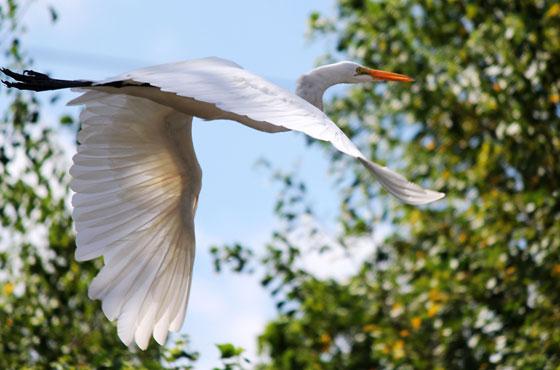
Theoretical concepts
The issues of nature and its components are considered by the sphere of environmental relations. In this discipline, it is customary to use the following concepts:
- Environment is a common set of all possible objects surrounding a person, including the natural nature, man-made buildings and society. The environment is a broader concept than the components of the natural environment. This is, first of all, the unification into a single integrated system of all those objects with which a person interacts day after day.
- A natural object is a natural biosystem untouched and unchanged by man.
- The components of the natural environment are all that helps to ensure and maintain favorable conditions for preserving life on Earth. This category includes:
- land;
- bosom;
- the soil;
- World Ocean;
- atmosphere and near-Earth outer space;
- Flora and fauna.
The Trinity of Components
In environmental law, all components of the natural environment are objects of legal regulation. There are many regulatory documents confirming the trinity of the above objects. The essence of the trinity is as follows:
- The set of environmental components (natural objects) is protected by law. Neither objects of natural origin nor those that are in the natural ecological system may be used without coordination with regulatory acts of environmental legislation.
- Object of economic use. Any component of the natural environment is a potential resource for human activity. It can be a source of energy or a commodity, or have consumer value.
- Any object of nature can become someone else's property. It can be private, state, municipal. The exception is the atmosphere. It cannot belong to anyone, because it has no material expression.
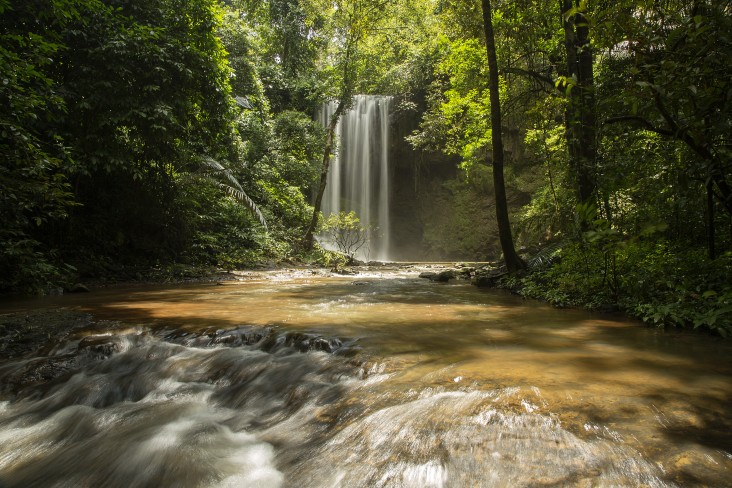
Earthly objects
There are three categories of legally protected natural objects:
- Integrated, including the environment.
- Differentiated, or individual specific objects of nature: the earth with its bowels, water sources, forests, air in the atmosphere, the habitat of animals.
- Specially protected - territories under the patronage of the state in order to preserve certain species of plants and animals.
Resources
Natural resources - this is part of the natural environment, useful for human activities. In other words, these are objects that can be used as sources of energy, products of production, or commodities.
Resources may be:
- Exhaustible, a characteristic feature of which is the disappearance as human use. This includes all minerals, land and forest land.
- Inexhaustible - this mainly includes energy sources (solar, wind, water).
- Renewable - the natural gifts of the forest, the wild world of animals, fish in the sea.
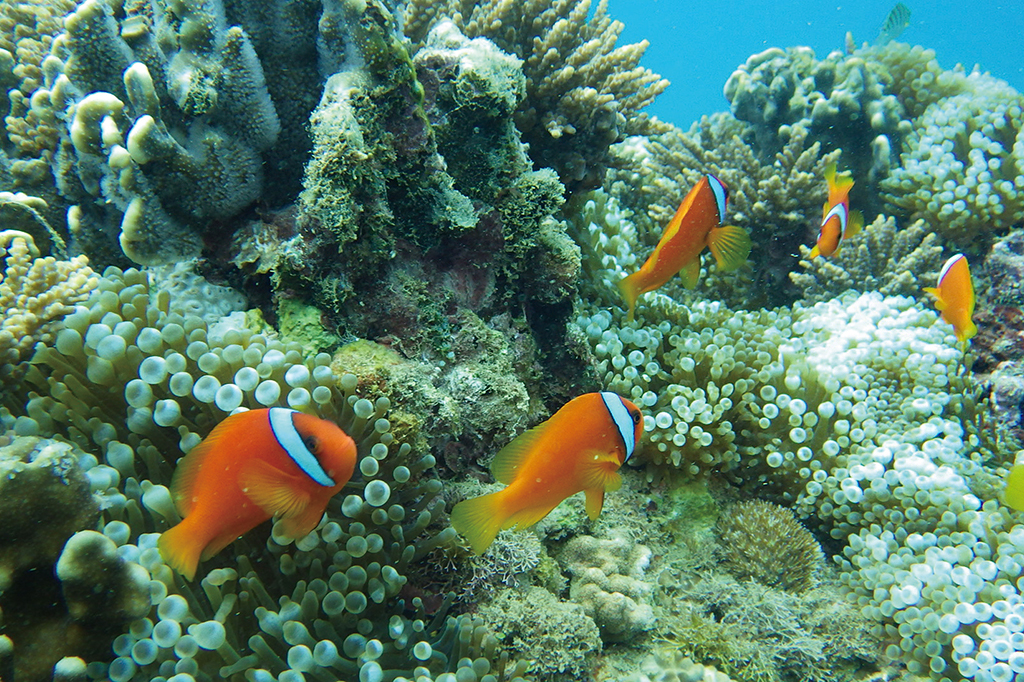
Land
An important natural component of the human environment is the earth. Using this word, we mean different meanings: soil, soil, planet, territory. It has its own functions:
- Environmental - in nature, the earth absorbs carbon dioxide, interacts with organic matter, turning it into inorganic.
- Economic - acts as the object of use. On a specific site, you can build a building or use it as agricultural land.
- Cultural Wellness - space that can be used for recreational purposes.

Water
Water is not only a source of life. In the environmental aspect, water is considered as a limited resource, which is located on the surface and underground. She also performs a number of her functions:
- Environmental - This is the primary and most important function of the nutrient fluid. It was in it that life was born, and thanks to it, it is still supported on the planet.
- Economic - from the point of view of the economy, water is a resource that provides conditions for the development of industry.
- Transport - on the seas, oceans, rivers, transportation of goods and passengers.
- Cultural Wellness - creates the conditions for rest and treatment of people.
Forest
In the ecological aspect, the forest is considered as a set of components of the natural environment: vegetation, land, wildlife. Forest protection is a complex of measures, the purpose of which is to protect the unique natural world from the negative influence of man.
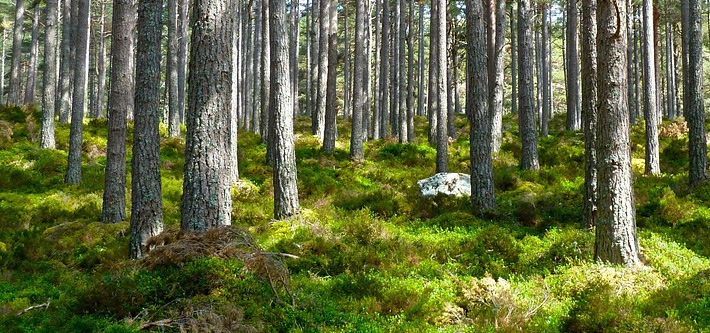
Forest protection is a measure that provides control of pests and tree diseases.
Animal world
It has characteristic features:
- an integral component of the natural environment;
- can self-renew;
- this component of the biosphere performs important regulatory and stabilizing functions;
- this resource must be protected by all means and used rationally to prevent the extinction of species on Earth.
Atmospheric air
The atmosphere is the gas shell of the Earth and is practically the natural human environment that needs to be protected the most. This is a unique shell, which is not found on any known planet on the planet. And the oxygen content of 21% led to the appearance of life.It is from the atmosphere that the welfare of the whole world depends. Therefore, the main task of mankind is not to destroy the wonderful world of nature.
